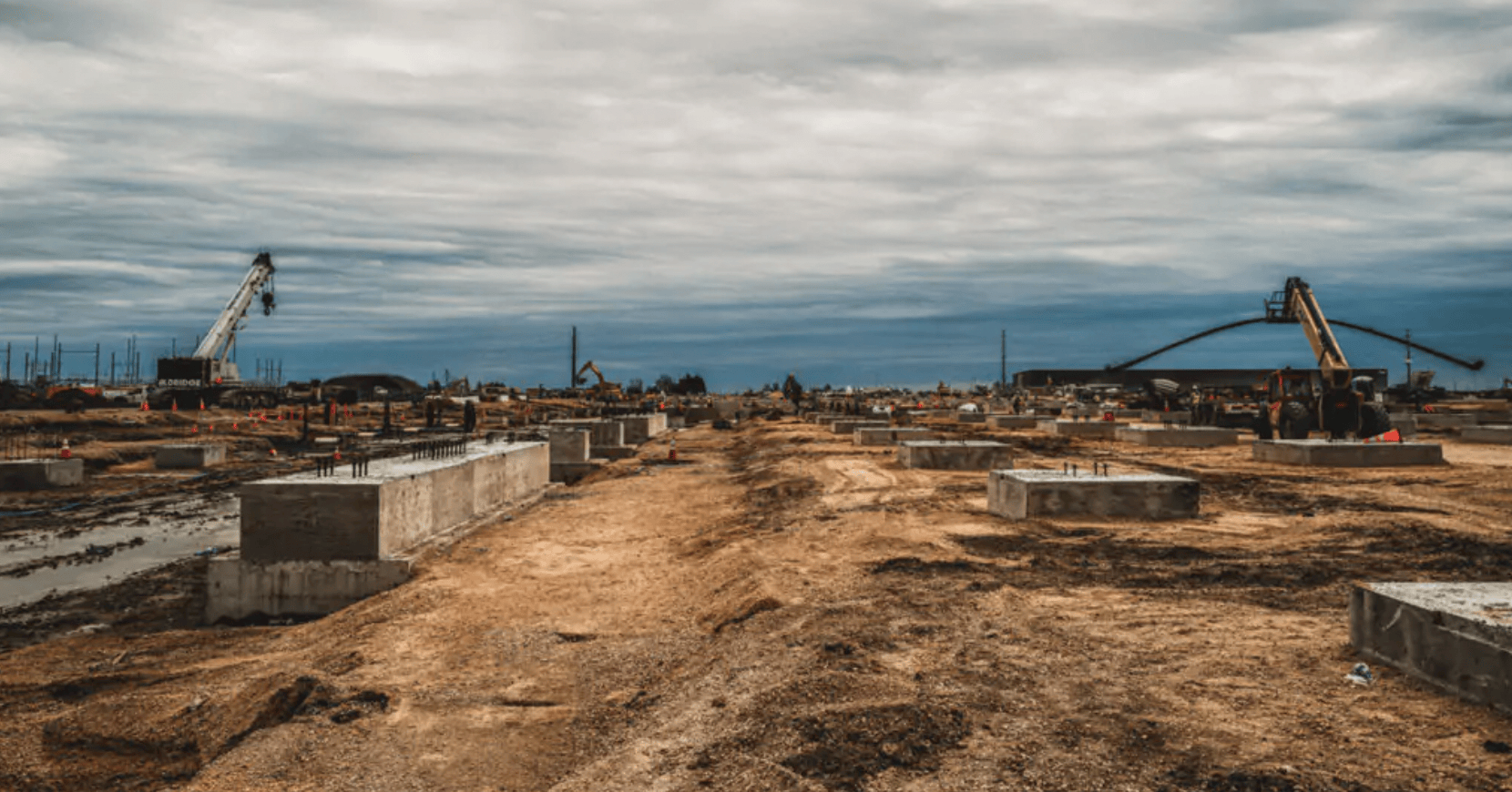Your cart is currently empty!
Meta Uses Artificial Intelligence To Find New Eco-Friendly Concrete Mixes
In collaboration with researchers at the University of Illinois at Urbana-Champaign, Meta (Facebook’s parent company) has developed a new Artificial Intelligence (AI) model that optimises and sorts concrete mixtures best known for sustainability and strength. Who would’ve thought?
Last year, Meta achieved net-zero in their operations. Now, they’re turning their attention to achieving net-zero across their value chain by the end of 2030. The way they aim to do this is in their special way- by using new technological processes to speed up the process.
AI is used to optimise precise outcomes within ‘high dimensional spaces’, where data sets with many attributes can be modelled. When a valid data set is open, AI can be used to estimate or “learn” the feasible high-dimensional space in terms of relevant considerations, such as strength and sustainability. To develop this type of model, Meta acquired help from researchers at the University of Illinois at Urbana-Champaign, including AI expert Prof. Lav Varshney from the electrical and computer engineering department, and concrete expert Prof. Nishant Garg from the civil engineering department.
Using the input data on concrete formulas along with their corresponding compressive strength and carbon footprint, the AI model was able to generate several promising new eco concrete mixes. “With AI, we were able to accelerate the discovery process and validate good formulas within weeks. In this effort, the low-carbon concrete formulas generated by the model entailed significant replacement of cement (upwards of 70%) with a combination of two types of low-carbon substitutes, namely fly ash and slag,” they said which led to a process of elimination, where a final mix was chosen.
After this final formula was tested in a controlled lab setting, Meta agreed to “test them on multiple (noncritical) structures at our DeKalb data centre, namely the guardhouse floor slab and the floor slab of the construction management team’s temporary office space building,” they said. This concrete formula included upwards of 50% cement replacement with a combination of fly ash and slag.

The company tested the formula at a data centre near Chicago.
The field tests also confirmed that the resulting low-emission concrete formula exceeded the seven-day and 28-day strength requirements, with a carbon impact 40% lower than the regional benchmark. However, Meta says to enable faster, more efficient construction required for our priorities, they need the concrete to meet specific strength thresholds earlier than seven days.
Next Steps
With the help of this AI model, Meta has been able to successfully design and use concrete that meets our long-term strength requirements and has a 40% lower carbon impact than the regional benchmark. “But we are just getting started. While we are encouraged by the success of this pilot, further developments and tests are needed to scale the impact of this innovation. This includes a few factors:
- First, we need to understand and optimize the performance of the mixes under different weather conditions, such as the cold weather in Illinois. Each data centre location has unique attributes that must be accounted for in the design and testing of concrete.
- There are improvements to be made to optimize for early strength gain (eg. to have it set faster) to accommodate a tighter construction schedule. There is an opportunity to directly optimize for such logistical considerations.
- Finally, there is a need to understand how novel materials could be used in place of cement in concrete, particularly as the supply of traditional cement substitutes like fly ash and slag is projected to decrease in the long run (due to restrictions on coal and steel production). Material availability is an important factor in construction; identifying novel materials that could be used in concrete can open new opportunities. Additionally, novel materials can further enhance the strength and sustainability of new concrete formulas,” they said.
The resulting concrete mixes from Meta’s model can be used outside of data centre construction, and there is an opportunity to further develop this model to address other use cases. “Our exploration of innovative solutions to reduce data centre construction emissions is not limited to concrete. There are opportunities to reduce the emissions of other materials. We are also exploring innovative data centre designs as another way to improve sustainability,” they said.
Click here for more info: https://tech.fb.com/engineering/2022/04/sustainable-concrete/
